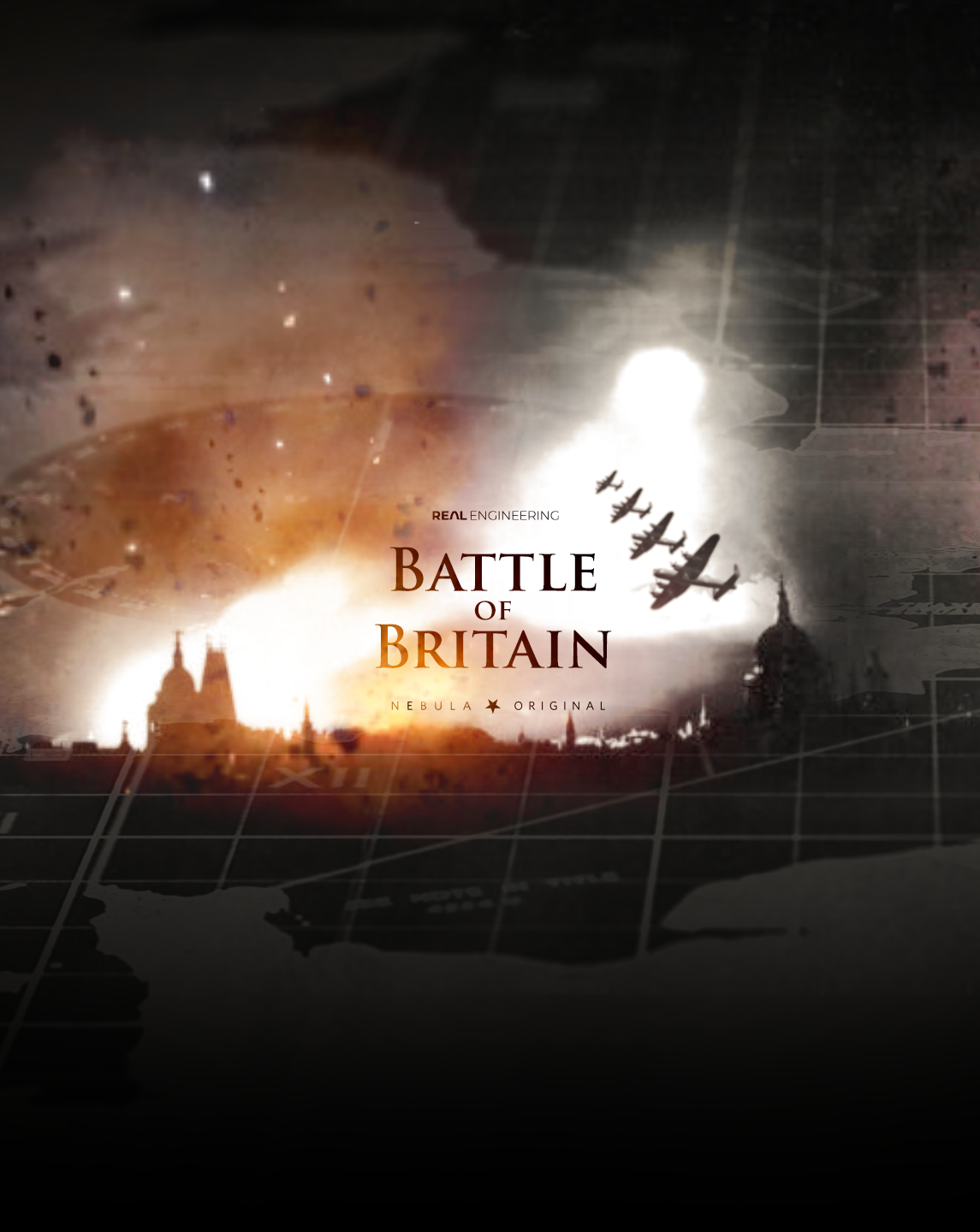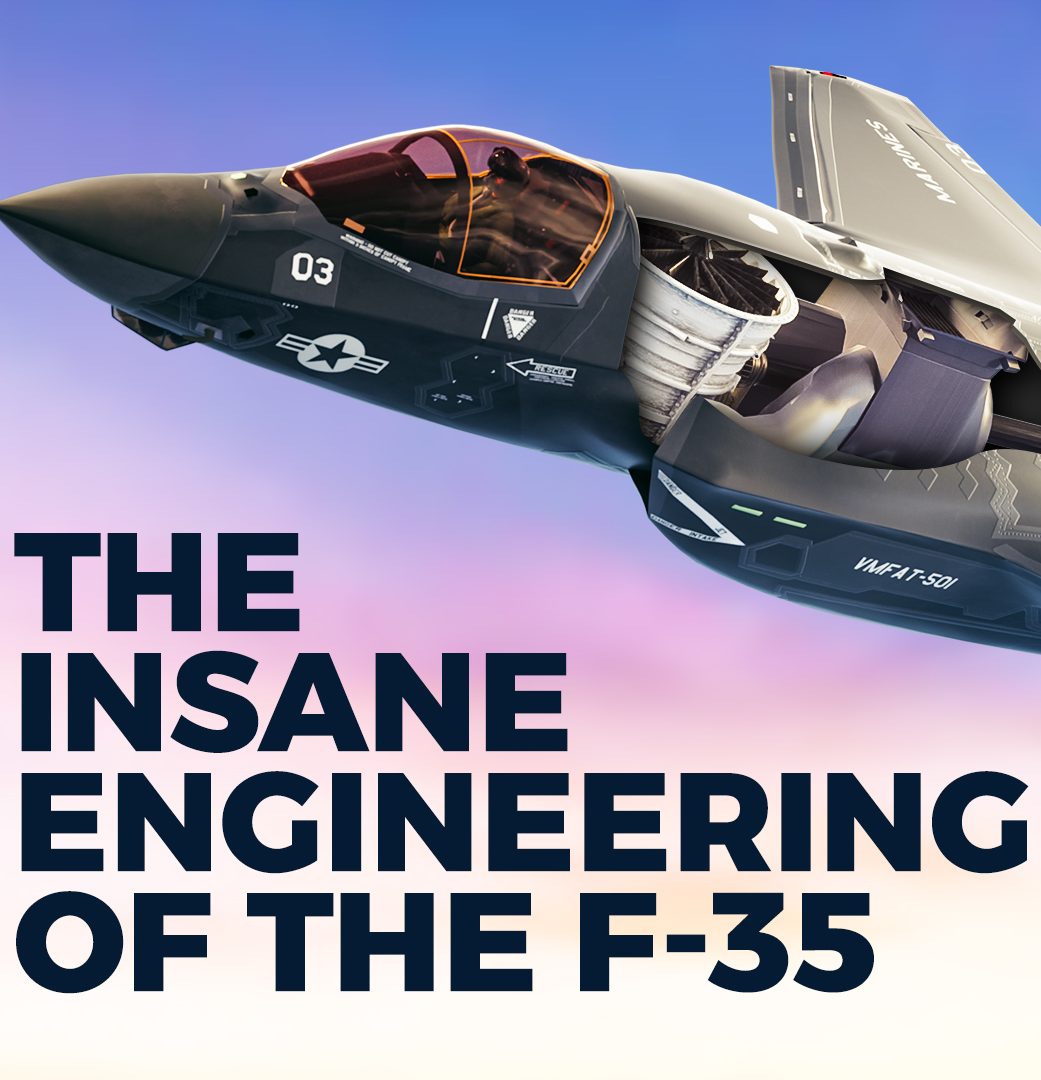Introduction:
As part of the video editing team for Real Engineering’s Logistics of D-Day series, we had the opportunity to collaborate with the teams behind Real Science and Real Engineering, as well as showcase the series on Nebula, a leading online platform for educational content. The series aimed to provide a detailed exploration of the logistics and engineering feats behind the historic D-Day invasion during World War II, shedding light on the planning, preparation, and execution of this monumental military operation.
Collaboration with Real Science and Real Engineering Teams:
The collaboration between the video editing team and the teams behind Real Science and Real Engineering was a crucial aspect of the production process. We worked closely with the experts from Real Science and Real Engineering, including historians, researchers, and engineers, to ensure that the content was accurate, informative, and engaging. We participated in brainstorming sessions, reviewing the script and storyboard, and discussing the creative direction and vision for the series.
During production, we worked closely with the film crew to capture footage, interviews, and visual elements that would help bring the logistics of D-Day to life. We collaborated with Real Science and Real Engineering teams to ensure that the technical aspects and historical accuracy were maintained throughout the series. This included incorporating historical photos, maps, and diagrams, as well as animations and visual aids to help illustrate complex concepts and enhance the educational value of the series.
Video Editing Approach:
Our approach to video editing for the Logistics of D-Day series was centered on creating a visually engaging and informative narrative that would captivate the audience. We carefully selected and sequenced footage, interviews, and visual elements to tell the story of the planning, preparation, and execution of D-Day, and the logistical challenges faced by the Allied forces. We utilized advanced video editing techniques, including motion graphics, sound design, and visual effects, to enhance the storytelling and create a polished and immersive viewing experience.
Collaboration with Nebula Platform:
As part of showcasing the series on Nebula, we worked closely with the platform’s team to ensure that the content was optimized for online viewing. This involved adhering to specific technical requirements, such as video resolution, aspect ratio, and file format, as well as incorporating captions and subtitles for accessibility. We collaborated with Nebula to ensure that the series was presented in a visually appealing and user-friendly manner on the platform, reaching a wide audience of subscribers interested in educational content.
Results:
The collaboration between the video editing team, Real Science, Real Engineering, and Nebula resulted in a successful Logistics of D-Day series that received widespread acclaim for its educational content and engaging storytelling. The series garnered positive feedback from viewers, who appreciated the in-depth exploration of the logistics and engineering feats behind the D-Day invasion. It generated discussions and conversations about the historical significance of D-Day and the complex planning and preparation that went into the operation.
The success of the Logistics of D-Day series further solidified Real Engineering’s reputation as a leading source of educational and informative content in the engineering and history space. We were proud to be part of this project and contribute our video editing expertise to create a compelling series that shed light on the logistics of one of the most significant military operations in history. Our collaboration with Real Science, Real Engineering, and Nebula was instrumental in bringing the series to a wide audience and achieving its educational goals.












